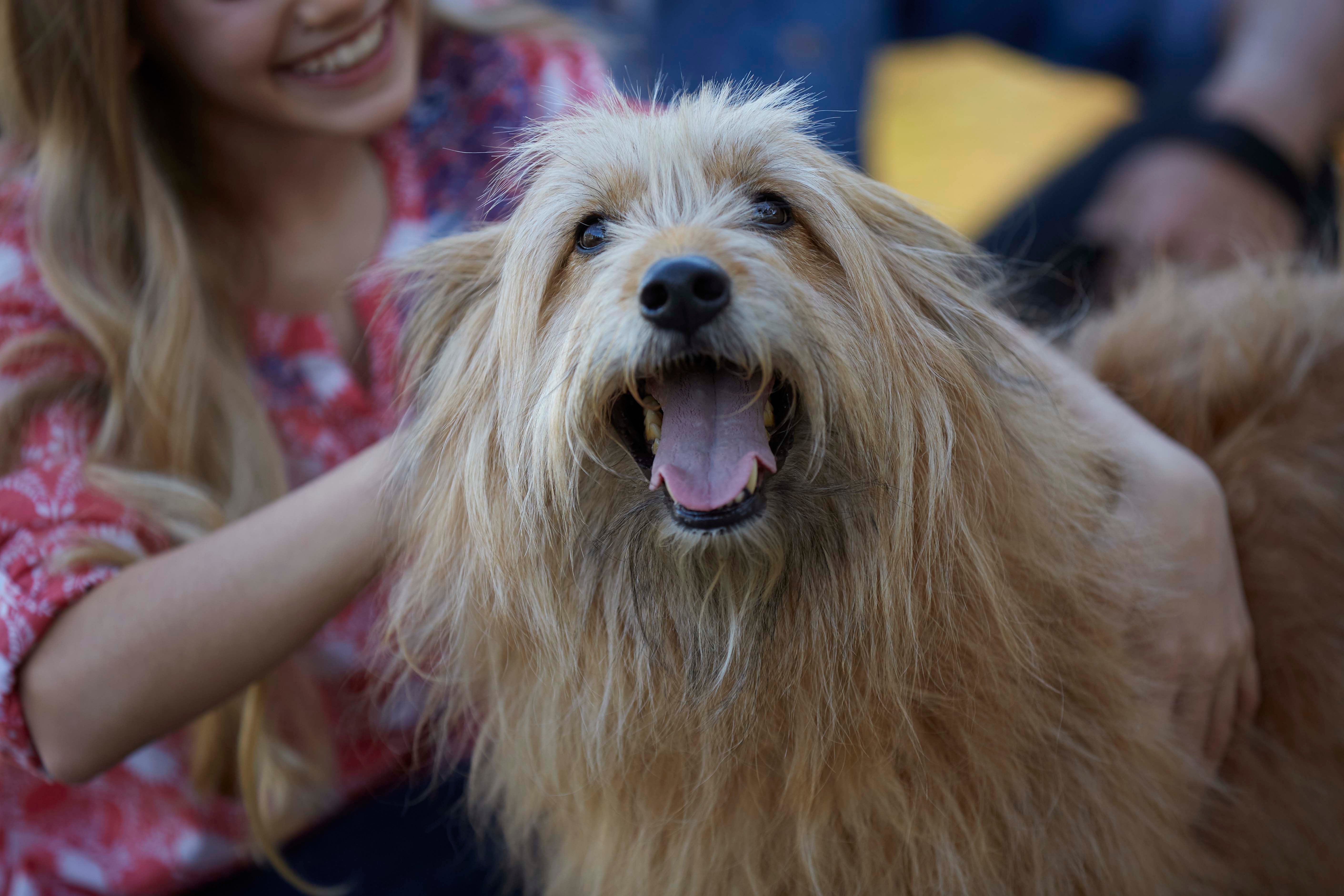Tosa Inu
Hardy and powerful, the Tosa Inu dog is the largest of all the Japanese dog breeds. They are regal and watchful, used to stand sentinel and guard. They feature a broad and wrinkled head with drop ears and a tapered tail. The coat is short and dense and has markings on the chest and feet. They are composed and bold dogs, often quietly vigilant. Affectionate with their families, they are aloof and reserved with strangers, relying on their guarding instincts. They can also be known as the Tosa Ken, Tosa Token, Tosa, and Japanese Mastiff.
Breed characteristics carousel
Learn More
Need to Know
- Dog suitable for owners with some experience
- Extra training required
- Potential health risks
- Enjoys active walks
- Large dog
- Some drool
- Requires grooming
- Quiet dog
- Barks, alerts, and may be physically protective/suspicious of visitors
- Might not like other dogs
- May need additional training to live with other pets
- May need additional supervision to live with children
- Needs a large yard in suburban or rural areas
- Can be left alone occasionally with training
- AKC Registered Breed

Personality
Alert yet dignified, the Tosa Inu dog breed is a patient one. They are brave, stately, and naturally watchful without being aggressive. They can mature slowly, not reaching maturity until around 4 years of age.
Mastiffs, Bulldogs, German Pointers, and Great Dane dogs brought to Japan were mixed with native breeds, with the name coming from the Tosa region of Japan. They were highly revered, and the Tosa Inu, while rare, enjoys its status as a watchdog and companion in Japan and beyond.
Large and quietly in charge, the Tosa is patient, brave, and steady. They are generally quiet and obedient dogs with calm temperaments but require owners who know how to handle such large dogs. They are not typically aggressive towards humans, but may potentially be towards other dogs, so they need owners who can train and socialize them properly.
Despite their large size, the Tosa dog needs only moderate exercise to help them expend energy and maintain a good weight. They enjoy free running in a fenced-in yard, going on leash walks, or learning new tricks.
Tosa Inus can weigh up to 200 pounds, so a home that can accommodate them is a must. They need a secure fenced-in area and must always be leashed when out and about in public.
The Tosa Inu’s short and dense coat is low-maintenance and just needs a good brushing. Baths can be as needed, although it might take several sets of hands to bathe a dog this large!
Positive reinforcement methods are the best way to train the Tosa dog. They are eager to please and can succeed at obedience training, which is essential when owning a dog this big. Socialization is also important to prevent them from becoming unnecessarily territorial.
The Tosa Inu dog can be a good family dog if raised by owners who are familiar with the needs of dogs this big. They are smart, affectionate, and gentle and respect their families. They can be aloof and watchful of strangers, hinting at their past life as a guard dog. Families who have older children or no children do best with the Tosa dog.
The cost of a Tosa Inu from a breeder is significantly more than the cost of adopting one from a local shelter or rescue. The adoption fee usually covers additional items such as spaying or neutering, vaccines, and microchipping.

Learn more about feeding and caring for your Tosa Inu on Purina.
Did You Know?
- The Tosa Inu or Japanese Mastiff is the largest of the Japanese dog breeds.

